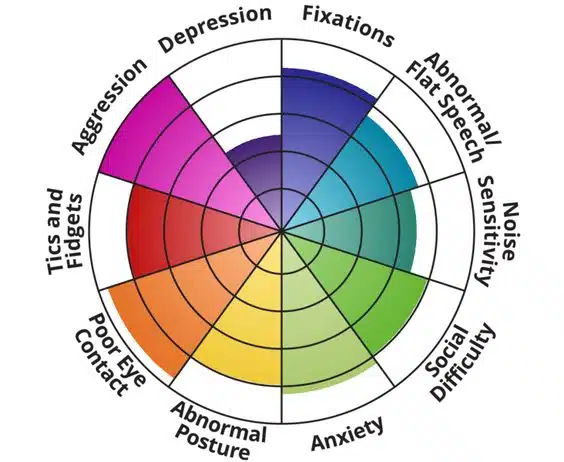Meet Susie, a bright and curious seven-year-old who has always differed slightly from her peers. Susie loves to line up her toys in a precise order, struggles with making friends, and has difficulty sitting still in class. Susie’s parents have noticed these differences but attributed them to her quirky personality. However, as Susie starts to struggle more in school, they begin to wonder if there may be something more going on.
- Susie’s parents notice that she struggles in school and gets frustrated with homework. They try to help her but notice that she has trouble focusing and following instructions.
- Susie’s teacher raises concerns about her behavior in class, such as fidgeting, interrupting, and not following social cues. The teacher suggests that Susie may have ADHD and recommends that her parents seek an evaluation.
- Susie’s parents are initially hesitant, but they take the teacher’s advice and bring Susie to a specialist. The specialist thoroughly evaluates and diagnoses Susie with ADHD and mild autism.
- With this information, Susie’s parents can access resources and accommodations to support her in school. They work with her teacher to create a behavior plan and get her extra help with homework. They also connect with a local support group for families of children with autism and ADHD.
- With the right support, Susie thrives in school and gains self-confidence. She discovers that she has a talent for art and starts to make friends with other kids who share her interests. Susie’s parents are grateful for the Age of Recognition, which allowed them to understand their daughter’s unique strengths and challenges and provide her with the help she needed to succeed.
This story demonstrates how the age of recognition can make a huge difference in the lives of neurodivergent individuals and their families. By understanding the age of recognition and seeking evaluation and support when necessary, parents and educators can help children with special needs thrive. Goally, a tablet that offers fun apps for kids, can help support kids with conditions like ADHD and autism by providing digital visual schedules, AAC, and gamified learning.















